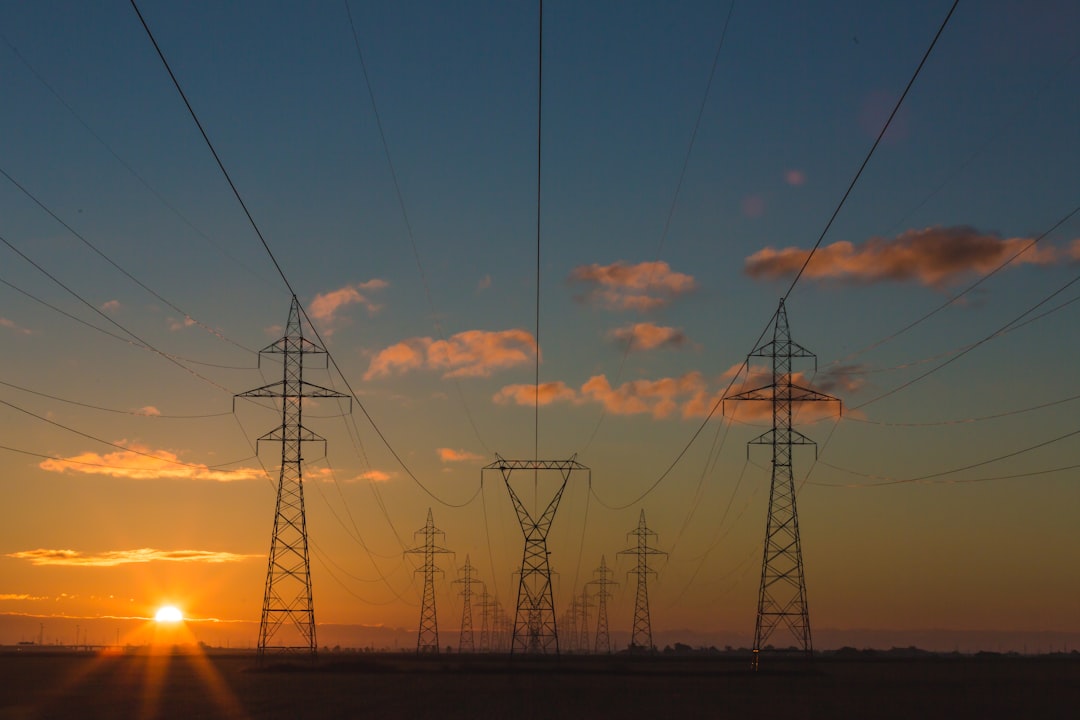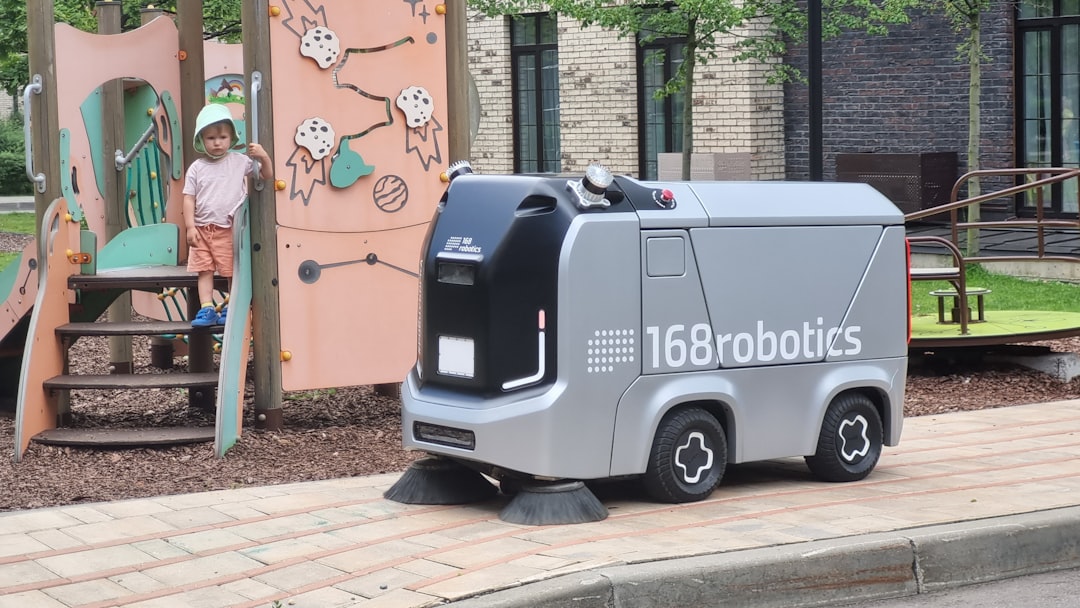The advent of AI-based video editing tools has transformed the way content creators approach their projects, making the editing process more efficient and accessible. With the ability to analyze vast amounts of data and learn from patterns, AI systems can now assist editors in a multitude of ways, from automating mundane tasks to providing creative suggestions.
This evolution not only enhances productivity but also opens up new avenues for creativity, allowing both amateur and professional editors to focus on the artistic aspects of their work. As the demand for video content continues to surge, fueled by platforms like YouTube, TikTok, and Instagram, the need for efficient editing solutions has never been greater. AI-based video editing tools are stepping up to meet this demand by streamlining workflows and reducing the time spent on repetitive tasks.
By harnessing the power of machine learning and computer vision, these tools can analyze footage, identify key moments, and even suggest edits that align with the creator’s vision. This article delves into the capabilities of AI in video analysis, its impact on social media content creation, its role in filmmaking, and the future trends that promise to shape the landscape of video editing.
Key Takeaways
- AI-based video editing is revolutionizing the way videos are created and edited, offering efficiency and quality enhancements.
- AI systems have the capability to analyze and understand video content, enabling automated editing for social media and other platforms.
- AI-driven filmmaking is transforming the creative process by providing new tools and techniques for filmmakers to explore.
- AI plays a crucial role in video restoration and enhancement, allowing for the preservation and improvement of old or damaged footage.
- While AI-based video editing offers numerous benefits, there are still challenges and limitations that need to be addressed for its widespread adoption and effectiveness.
Understanding the Capabilities of AI Systems in Video Analysis
Advancements in Video Analysis
AI systems have become increasingly adept at video analysis, leveraging advanced algorithms to interpret visual data in ways that were previously unimaginable. At the core of these capabilities lies computer vision, a field of AI that enables machines to understand and process images and videos. By employing techniques such as object detection, facial recognition, and scene segmentation, AI can identify critical elements within a video, making it easier for editors to navigate through hours of footage.
Enhancing Video Editing Efficiency
This level of analysis not only saves time but also enhances the overall quality of the final product. Moreover, AI systems can learn from user interactions and preferences, allowing them to tailor their suggestions based on individual editing styles. For instance, an AI tool might recognize that a user frequently employs jump cuts or prefers specific transitions, and it can then recommend similar edits for future projects.
Adaptability and Creative Collaboration
This adaptability is a game-changer for content creators who often juggle multiple projects and need to maintain a consistent style across their work. By understanding the nuances of video content, AI systems are not just passive tools; they actively contribute to the creative process.
Revolutionizing Content Creation
The integration of AI in video analysis and editing has the potential to revolutionize the content creation process. As AI systems continue to evolve and improve, they will likely play an increasingly important role in shaping the future of video production.
Automated Video Editing for Social Media: Enhancing Efficiency and Quality

The rise of social media has created an insatiable appetite for video content, prompting creators to produce high-quality videos at an unprecedented pace. AI-driven automated video editing tools have emerged as essential allies in this fast-paced environment. These tools can quickly analyze raw footage, identify engaging moments, and compile them into polished videos ready for sharing.
By automating repetitive tasks such as cutting, trimming, and adding effects, creators can focus on crafting compelling narratives rather than getting bogged down in technical details. Additionally, AI-powered editing tools often come equipped with features designed specifically for social media platforms. For example, they can automatically format videos to fit different aspect ratios or suggest optimal lengths based on platform-specific guidelines.
This level of customization ensures that creators can maximize their reach and engagement without sacrificing quality. As a result, even those with limited editing experience can produce professional-looking content that resonates with their audience.
AI-Driven Filmmaking: Revolutionizing the Creative Process
The impact of AI extends beyond social media; it is also revolutionizing traditional filmmaking. Filmmakers are increasingly turning to AI-driven tools to enhance various stages of production, from pre-visualization to post-production. In pre-production, AI can assist in script analysis by identifying themes, character arcs, and potential plot holes.
This analytical approach allows writers and directors to refine their narratives before filming begins, ultimately leading to more cohesive storytelling. During post-production, AI’s capabilities shine even brighter. Advanced algorithms can analyze footage for continuity errors or suggest edits that enhance pacing and emotional impact.
Moreover, AI can assist in color grading and sound design by learning from existing films and applying similar techniques to new projects. This not only speeds up the editing process but also elevates the overall quality of the film. As filmmakers embrace these technologies, they are discovering new ways to push creative boundaries while maintaining artistic integrity.
The Role of AI in Video Restoration and Enhancement
AI’s influence is also felt in the realm of video restoration and enhancement. Many classic films and archival footage suffer from degradation over time due to factors such as wear and tear or outdated formats. However, AI-driven restoration tools are capable of analyzing damaged footage and intelligently reconstructing missing or corrupted frames.
By employing techniques like deep learning and neural networks, these tools can enhance resolution, reduce noise, and even colorize black-and-white films with remarkable accuracy. This restoration process not only preserves cinematic history but also makes it accessible to modern audiences. As streaming platforms continue to expand their libraries, the demand for high-quality restorations of classic films is on the rise.
AI technology enables studios to breathe new life into these works while maintaining their original charm. The result is a richer viewing experience that allows contemporary audiences to appreciate the artistry of past filmmakers.
Overcoming Challenges and Limitations in AI-based Video Editing

Balancing Automation and Human Creativity
One significant concern is the potential for over-reliance on automated systems. While AI can streamline workflows and enhance efficiency, it is essential for editors to maintain a critical eye on their work. The creative process often involves intuition and subjective decision-making that may not be fully captured by algorithms. Striking a balance between automation and human creativity is crucial for producing authentic content.
Issues such as deepfakes and manipulated content have raised concerns about misinformation and authenticity in media. As AI technology continues to evolve, it is imperative for creators and platforms to establish guidelines that promote responsible use while safeguarding against potential misuse.
Ensuring Responsible AI Use
Addressing these challenges will be vital in ensuring that AI remains a valuable tool rather than a source of controversy. By finding a balance between automation and human creativity, and establishing guidelines for responsible use, we can harness the power of AI to enhance video editing while maintaining the integrity and authenticity of the content.
Future Trends and Developments in AI-driven Video Editing
Looking ahead, the future of AI-driven video editing is poised for exciting developments. One trend gaining traction is the integration of augmented reality (AR) and virtual reality (VR) into editing workflows. As these technologies become more mainstream, AI will play a crucial role in enhancing immersive experiences by enabling real-time editing capabilities within AR/VR environments.
This could revolutionize how creators approach storytelling by allowing them to manipulate virtual elements seamlessly. Additionally, advancements in natural language processing (NLP) will likely lead to more intuitive user interfaces for AI editing tools. Imagine being able to describe your desired edits verbally or through text prompts, with the AI understanding your intent and executing changes accordingly.
This level of interaction could democratize video editing further, making it accessible to individuals without technical expertise.
The Impact of AI on the Future of Video Editing
In conclusion, AI-based video editing represents a paradigm shift in how we create and consume visual content. From enhancing efficiency in social media production to revolutionizing traditional filmmaking processes, the capabilities of AI are reshaping the landscape of video editing as we know it. While challenges remain regarding ethical considerations and maintaining creative integrity, the potential benefits far outweigh these concerns.
As technology continues to advance, we can expect even more innovative solutions that will empower creators across all levels of expertise. The future promises a harmonious collaboration between human creativity and artificial intelligence—one that will undoubtedly lead to groundbreaking content that captivates audiences worldwide. Embracing this evolution will be key for anyone looking to thrive in an increasingly digital landscape where video content reigns supreme.
Wenn Sie sich für die Anwendung von KI in der Videobearbeitung interessieren, könnte der Artikel über die Herausforderungen und Chancen im Metaversum ebenfalls von Interesse sein. Dieser Artikel behandelt ethische Überlegungen, die auch für die Entwicklung und Implementierung von KI-Systemen in der Videobearbeitung relevant sein können. KI-Technologien, die in der Videobearbeitung eingesetzt werden, müssen ethische Standards berücksichtigen, um Missbrauch zu vermeiden und die Privatsphäre zu schützen. Lesen Sie mehr darüber in diesem Artikel über ethische Überlegungen im Metaversum.
FAQs
What is KI-basierte Videobearbeitung?
KI-basierte Videobearbeitung refers to the use of artificial intelligence (AI) systems to analyze and automatically edit video material. These systems can perform tasks such as filtering, color correction, and other editing processes without human intervention.
How do KI systems analyze and edit video material?
KI systems use algorithms to analyze video material, identifying elements such as objects, people, and scenes. They can then apply automated editing processes such as filtering, color correction, and other adjustments based on predefined parameters or learned patterns.
What are the applications of KI-basierte Videobearbeitung?
Some applications of KI-basierte Videobearbeitung include automatic video editing for social media, AI-driven film production, and video restoration. These systems can streamline the editing process and improve efficiency in various video production workflows.
What are the benefits of KI-basierte Videobearbeitung?
The benefits of KI-basierte Videobearbeitung include increased efficiency, consistency in editing quality, and the ability to handle large volumes of video material. These systems can also free up human editors to focus on more creative and complex tasks.
Are there any limitations or challenges with KI-basierte Videobearbeitung?
Some limitations and challenges of KI-basierte Videobearbeitung include the need for high-quality training data, potential biases in the algorithms, and the complexity of certain editing tasks that may still require human intervention. Additionally, the initial setup and training of the AI systems can require significant resources.











Leave a Reply